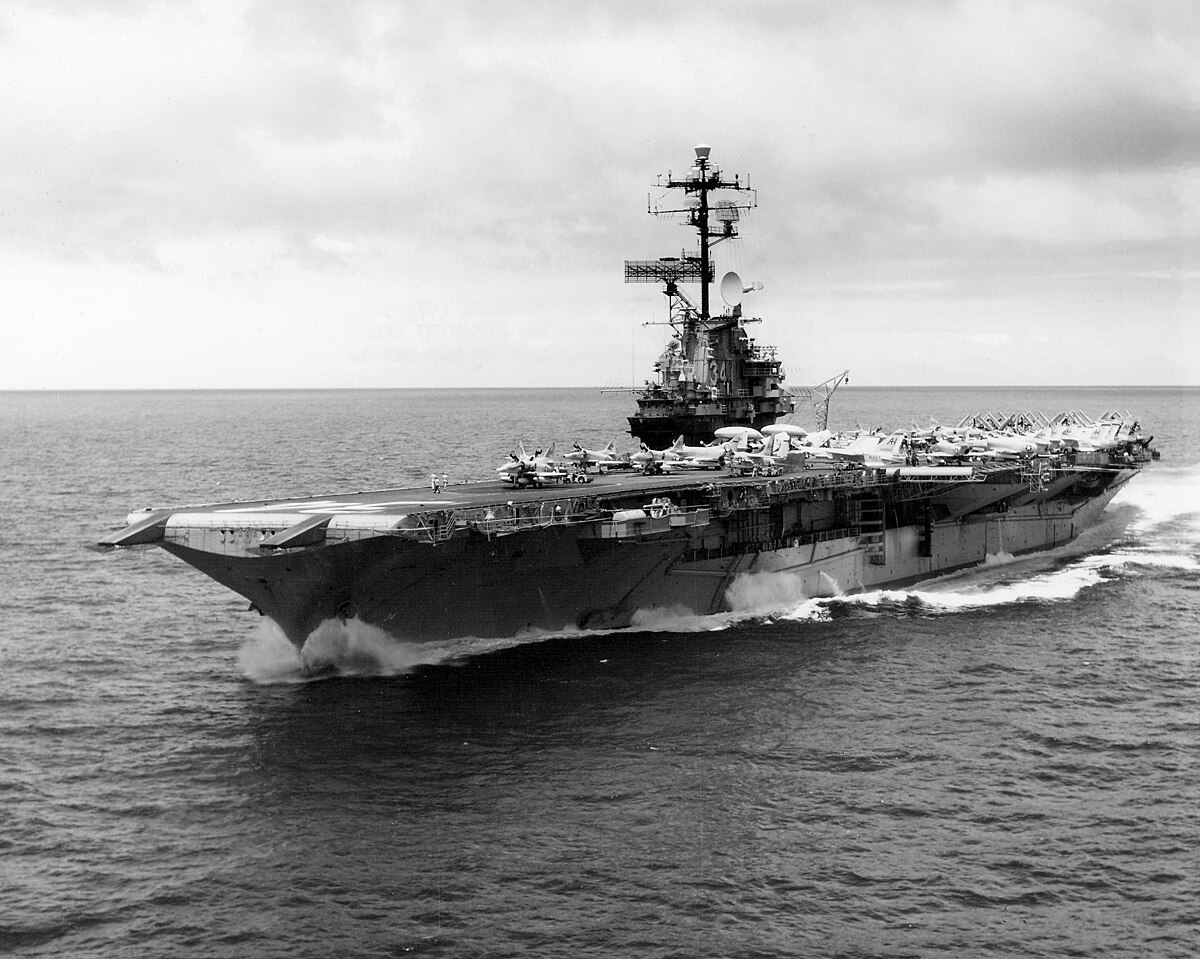- Joined
- Feb 8, 1999
- Messages
- 18,428
- Real Name
- Robert Harris
We'll cut to the chase on this one.
Except in its original release, I've never seen The Bridges of Toko-Ri looking anything like this new Kino release from Paramount.
Colors are so meticulously executed that I had to go to the screen to make certain that I was seeing a scan of c. 1953 Eastman 5248.
Directed by Mark Robson, and based upon the novel by James A. Michener, Bridges beautifully stands the test of time.
A few words from Mr. Crowther of The New York Times:
"In putting forth their stories, [the filmmakers] have been as meticulous and authentic as they have been with Navy details. They have cast the film to perfection and seen that it is played with rare restraint.William Holden, who plays the pilot, shows a man of mature intelligence, collecting himself for a perilous effort, from which he sees there is no backing down. Fredric March as the paternalistic admiral fairly cracks with the tension of concern, and Charles McGraw as the air group commander carries grave responsibilities with grim resolve. Grace Kelly is briefly bewitching as the pilot's wife, who visits him in Japan, and Mickey Rooney is a pint-sized tornado as a helicopter pilot who loves to clown and fight... The questions put in this picture as to the point of the Korean war and the great personal sacrifices in it are not answered, nor are the answers sought. Its purpose is not to answer questions. Its purpose simply is to show the human and professional resolution, organization and sacrifice that prosecution of the war required. And it has fulfilled this purpose in a truly efficient and moving way. One of the best of modern war pictures is "The Bridges at Toko-ri.""
Image – 5
Audio – 5 (DTS-HD MA 2.0)
Pass / Fail – Pass
Plays nicely with projectors - Yes
Upgrade from DVD - Absolutely!
Worth your attention - 9
Slipcover rating - 1
Very Highly Recommended
RAH
Thank you for supporting HTF when you preorder using the link below. As an Amazon Associate, HTF earns from qualifying purchases. If you are using an adblocker you will not see link.
Except in its original release, I've never seen The Bridges of Toko-Ri looking anything like this new Kino release from Paramount.
Colors are so meticulously executed that I had to go to the screen to make certain that I was seeing a scan of c. 1953 Eastman 5248.
Directed by Mark Robson, and based upon the novel by James A. Michener, Bridges beautifully stands the test of time.
A few words from Mr. Crowther of The New York Times:
"In putting forth their stories, [the filmmakers] have been as meticulous and authentic as they have been with Navy details. They have cast the film to perfection and seen that it is played with rare restraint.William Holden, who plays the pilot, shows a man of mature intelligence, collecting himself for a perilous effort, from which he sees there is no backing down. Fredric March as the paternalistic admiral fairly cracks with the tension of concern, and Charles McGraw as the air group commander carries grave responsibilities with grim resolve. Grace Kelly is briefly bewitching as the pilot's wife, who visits him in Japan, and Mickey Rooney is a pint-sized tornado as a helicopter pilot who loves to clown and fight... The questions put in this picture as to the point of the Korean war and the great personal sacrifices in it are not answered, nor are the answers sought. Its purpose is not to answer questions. Its purpose simply is to show the human and professional resolution, organization and sacrifice that prosecution of the war required. And it has fulfilled this purpose in a truly efficient and moving way. One of the best of modern war pictures is "The Bridges at Toko-ri.""
Image – 5
Audio – 5 (DTS-HD MA 2.0)
Pass / Fail – Pass
Plays nicely with projectors - Yes
Upgrade from DVD - Absolutely!
Worth your attention - 9
Slipcover rating - 1
Very Highly Recommended
RAH
Thank you for supporting HTF when you preorder using the link below. As an Amazon Associate, HTF earns from qualifying purchases. If you are using an adblocker you will not see link.
Last edited by a moderator:






